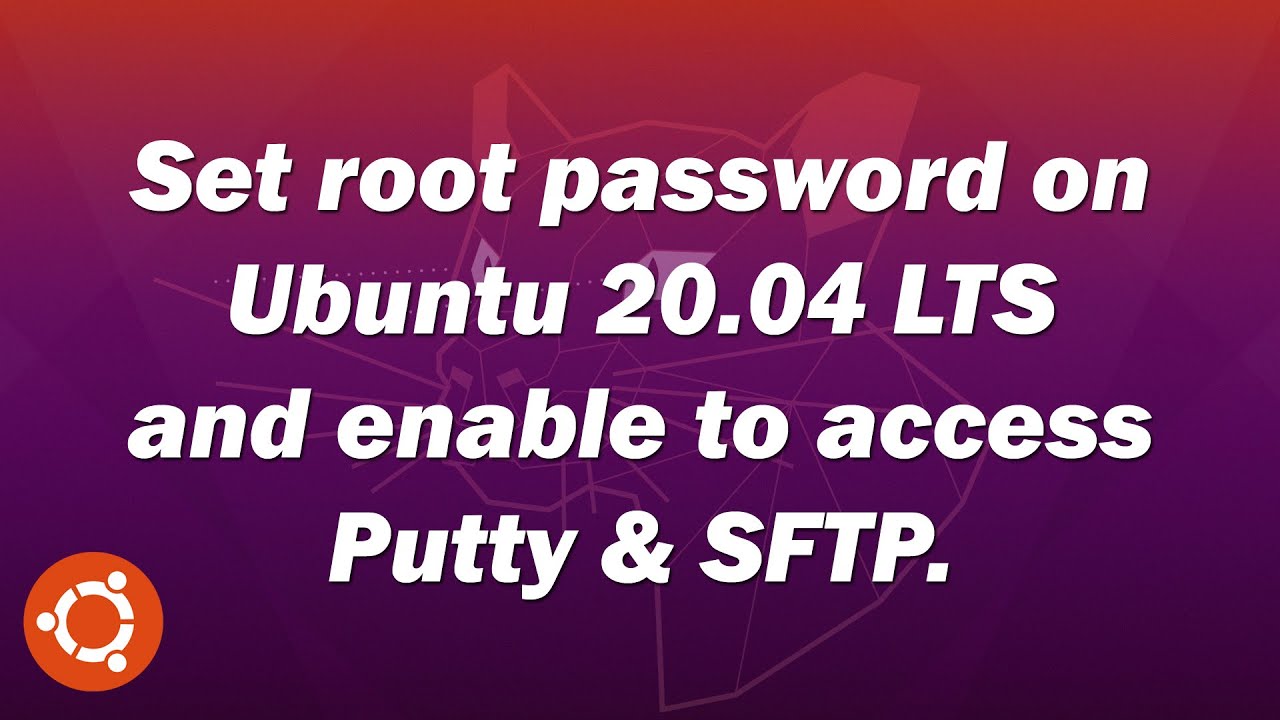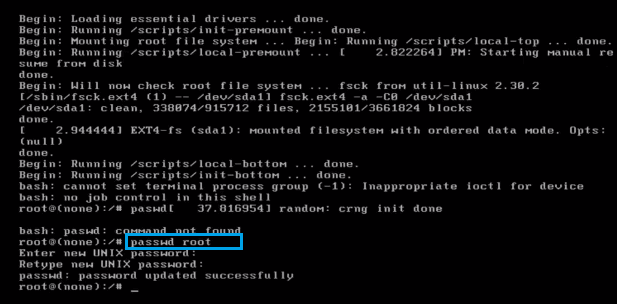

You can then use the above procedure to reset the password for all local users. If you have forgotten the root user's password, you can reset it using the following procedure. Otherwise, run the command /etc/init.d/nsx-mp-api-server start.For NSX Edge, run the command /etc/init.d/nsx-edge-api-server start.Run the command touch /var/vmware/nsx/reset_cluster_credentials.(Optional) To reset a guest user password, run the command passwd guestusername.(Optional) To reset the password for audit, run the command passwd audit.(Optional) To reset the password for admin, run the command passwd admin.

Otherwise, run the command /etc/init.d/nsx-mp-api-server stop.For a Cloud Service Manager, skip this step.The Root (Start) of the Linux File System. For NSX Edge, run the command /etc/init.d/nsx-edge-api-server stop. Take note of the Microsoft formats with which you can save both types of documents.And unable to issue any command at this point, the wireless keyboard is not working at this point. If you know the password for root but have forgotten the password for your local users, you can reset it using the following procedure: Changing lost root password in Linux Lite After booting into single user mode, I get this. For more information about configuring GRUB and changing the GRUB root password, see "Configure an Appliance to Display the GRUB Menu at Boot Time" in the NSX Installation Guide. Before you perform this procedure, you must configure GRUB so that the GRUB boot menu displays. When you reboot an appliance, the GRUB boot menu does not appear by default. If you have renamed the local user, use the new name in the following procedures. The synchronization of the password can take a few minutes. address assigned by your router), default username is pi, default password is raspberry.
#LINUX LITE ROOT PASSWORD HOW TO#
Upon seeing both files exist, I know the following things: 1) I have the password working, 2) it matches my putty login password, 3) sshd is accepting connections and working, for both SSH and SCP (SFTP).If you have an NSX Manager cluster, resetting the password for any of the local users on one automatically resets the password for the other NSX Managers in the cluster. or how to install from source on Windows, Linux and Mac. Windows login screen Booting into Fedora Fedora install screen Logging in as root Installing chntpw Checking which partition to load with sfdisk Changing.

that you wish to use for your user and sudo (administrator) password. I then used SCP (remember SSH and SCP operate on the same service) to copy it to a new file. Linux Writing Linux Lite to USB on Linux and OSX To install Linux Lite you will. The Pinebook is a phenomenal Linux laptop with exceptional build quality that rivals 300+ laptops. What I’ve done here (and you can do as well) is created a simple, empty file. $ scp newfile Permanently added '127.0.0.1' (RSA) to the list of known hosts. Log onto your server as mc (non- root user). I know you’ve said you’ve purged the rest, but we understand you’re learning, and right now we can’t take it for granted that previous package installs aren’t impacting your success.


 0 kommentar(er)
0 kommentar(er)
